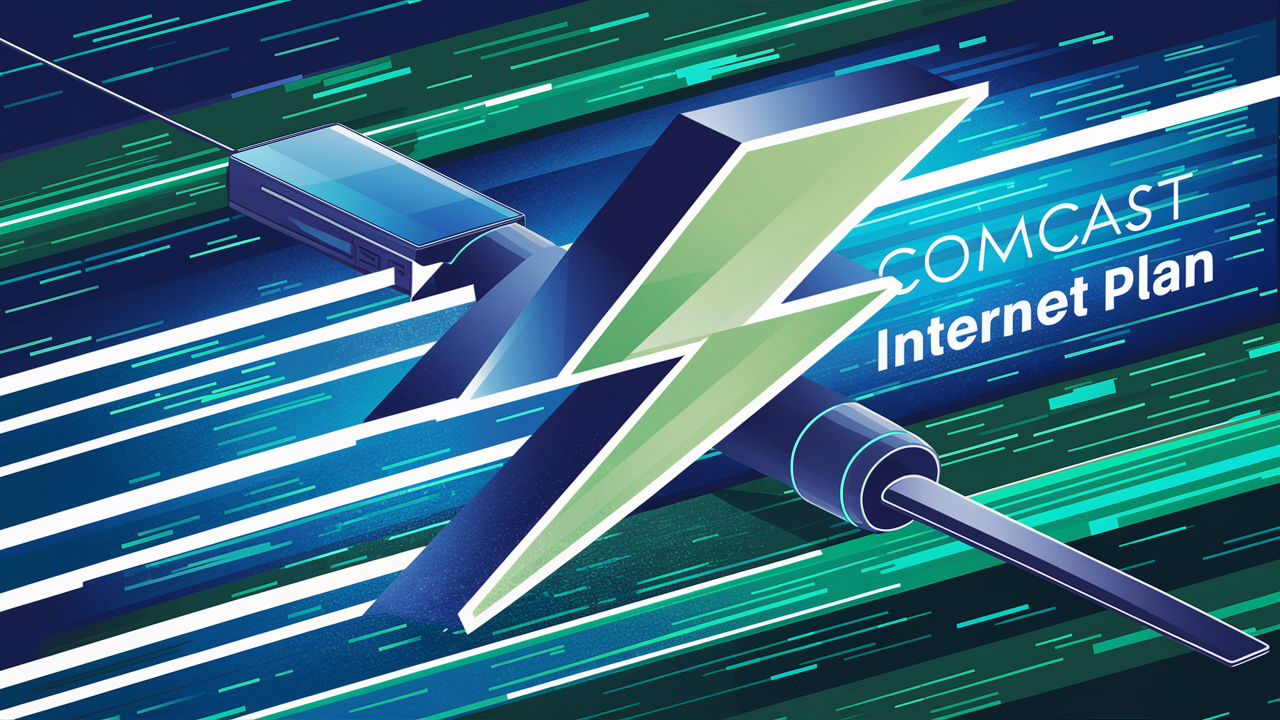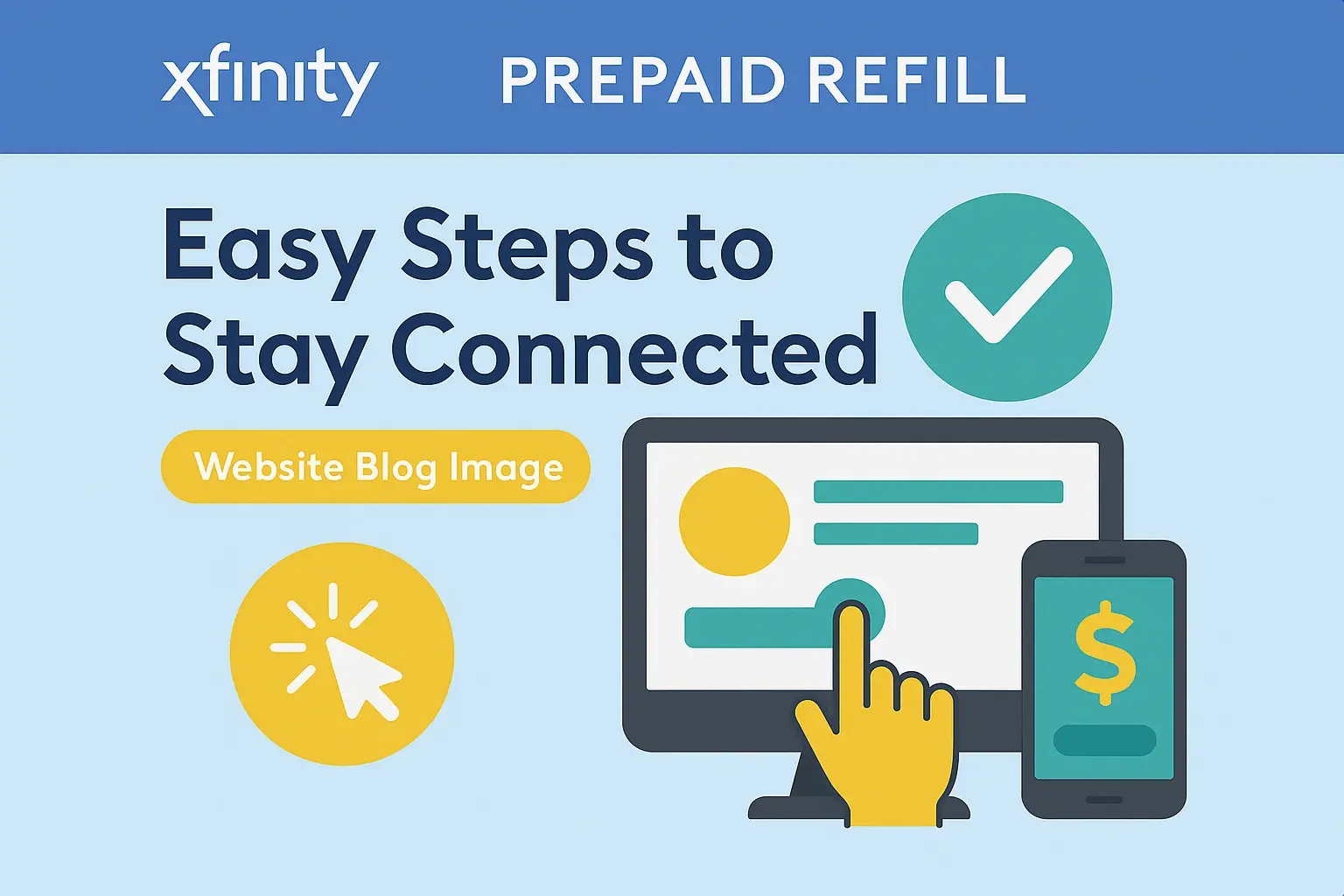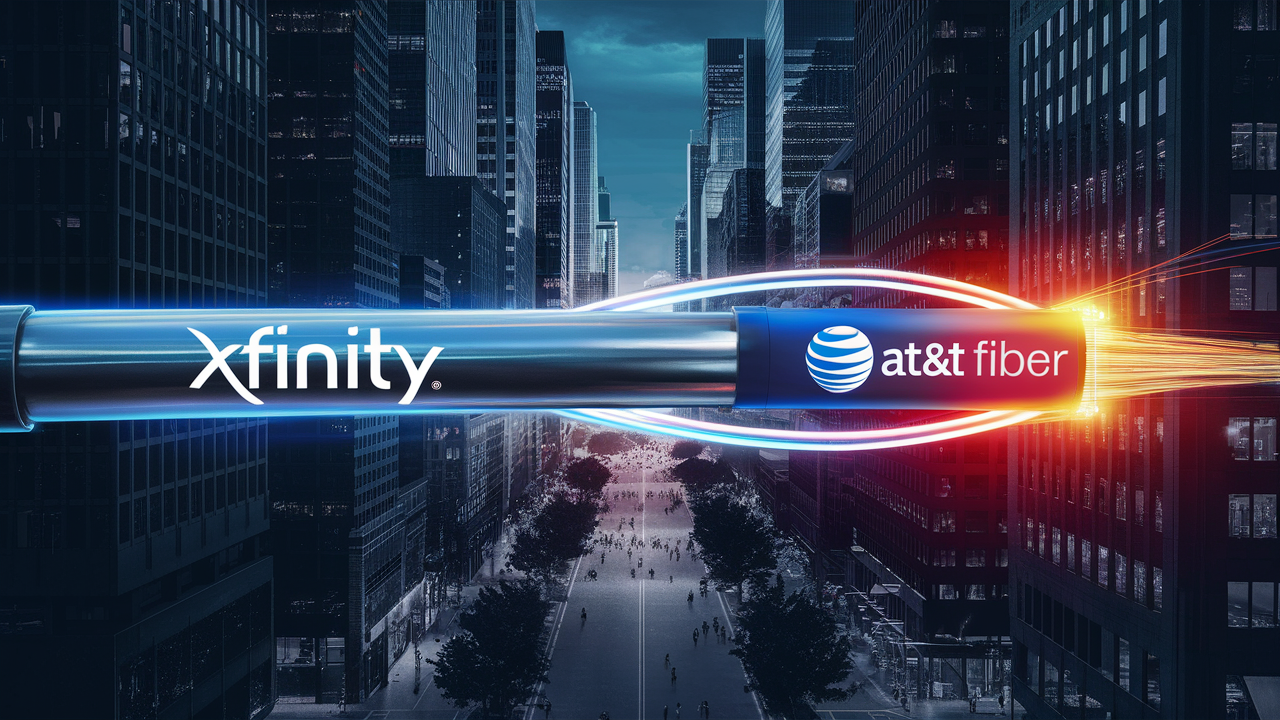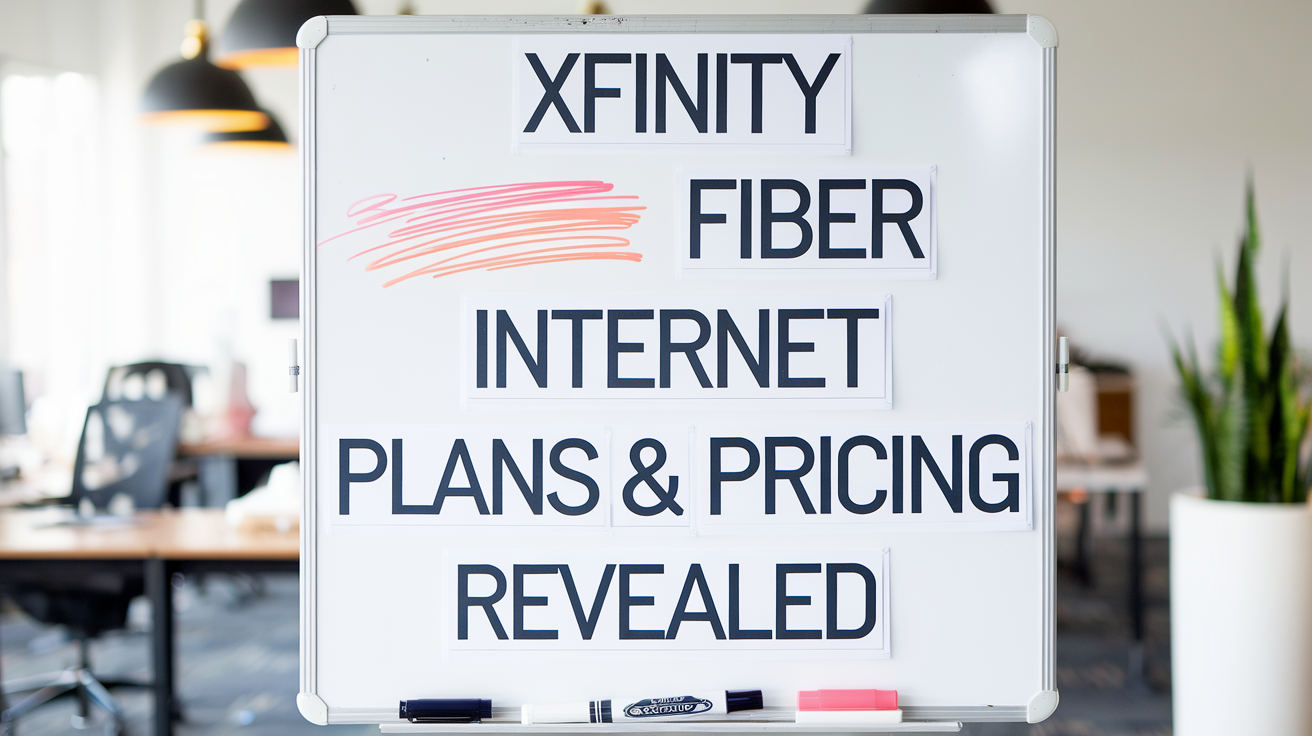Which Comcast internet plan is best?

If you are Comcast Internet customer, you may be wondering which plan is best for you.
There are numerous Comcast Xfinity TV Packages, which makes the identification of the right plan for the household a rather difficult task. Xfinity offers affordable internet options that vary from the essentials, offering 25 Mbps download speed to high speed internet with up to 1200 Mbps. They also provide monthly plans with and without limited data usage. All these decisions imply judging the daily Internet connection and consumption pattern, alongside the willingness to spend money to obtain the best connection available. This guide categorizes the micro-influencing factors into the following: Xfinity plan and pricing guide.
Internet Speed Needs
The first and possibly the most important fundamental relationship to draw is between the regular online activities and the appropriate internet speed tier. If you mainly use email clients and basic websites, then, at least, the plan with the speed of 25-100 Mbps is enough. But if you have many devices connected to the same Wi-Fi network browsing in HD, streaming videos, gaming online and so on you’ll need to get a plan with speeds of 200-400+ Mbps to avoid extremely annoying lag and buffering.
Also, consider their future needs – the usage of the Internet grows as more devices are connected to it. Thus, having a plan one tier above the current need helps to ensure that things are sufficiently prepared for the future. As for Gigabit options with 900+ Mbps, they should be subscribed by large families with twelve or more connected devices that consume high bandwidth services at the same time.
Number of Connected Devices
Consider what gadgets you have — laptops, tablets, smartphones, smart home devices, streaming players, and other gear that tie into your home network. Connecting more devices means that it needs a higher broadband speed in order to operate efficiently. Some throttling is unavoidable based on what each gadget is doing online, so having this extra just in case with max speeds comfortably above your average combined load will ensure less problems during peak usage times.
For perspective, here are some common internet speed tiers and the number of devices they can reasonably handle for regular HD streaming and browsing:For perspective, here are some common internet speed tiers and the number of devices they can reasonably handle for regular HD streaming and browsing:
• 25-100 Mbps: Multiple devices can be connected, but the number is limited to 5. • 200 Mbps: :Up to 10 devices • 400 Mbps: The license key is allowed to be installed on up to 15 devices. • 800+ Mbps: Supports Up to 25+ Devices
Therefore, this is how you should consider the number of users and devices that regularly access your home network. It is better to overestimate and have fast connection than to have all the boring and annoying connectivity from underpowered plan.
Type of Usage
Reflect on what websites you use most frequently and which services require the availability of a faster connection. Low bandwidth activities like casual browsing, emails, social networking, and standard definition videos do not demand a lot of speed. However, when it comes to actions such as video calling, playing games online, downloading files and streaming UHD and 4K content your connection relies on available bandwidth.
Gamers for instance are the biggest beneficiaries of the possibly lowest latency that can come from gigabit internet plans. Heavy users with high definition streaming, active in large households with multiple devices connected simultaneously, will also desire maximum available speed. However, if you have lingering doubts about speed requirements, there are internet bandwidth calculators available to provide an idea.
Data Caps
Most Comcast Xfinity plans put a monthly cap on the amount of data that users can use which range from 250 GB for basic plans up to 1200 GB for faster plans. Overusing the monthly cap attracts a very costly overage fee hence it becomes very essential to choose an internet package which meets the data requirement. Daily and monthly utilization of broadband connection within the home in the United States is approximately 150-350 GB.
Nonetheless, modern households that engage in streaming 4K videos and games can pass the 1 TB mark every month. If you run into your data limit or go over it frequently, or sometimes, increase at least one or two levels for additional breathing room. Comcast still offers unlimited data plans out as well now in most areas if you need that security.
Bundled Services
Offering bundled services such as TV, other services together with internet enables one to get hold of some good attractive discounted bundle prices. Also, do not fail to consider television and internet services also called “double play”, and “triple play” that embraces home telephone service. So, be careful with those cases when you have to pay more primarily for additional services which actually you do not require. This type of adding value is most effective when the extra products will be useful to you; that way, you can save money and time by purchasing them in a package.
In order to create a clearer picture of the total cost of each solution during the first year of the implementation of the chosen strategy, the following correlations can be made:
This will help you consider factors other than the initial per monthly plan cost when determining which plan is most valuable. Record basic fees such as setup fees, activation charges, modem rental fees, taxes, contract terms and, most importantly, introductory discounts or first year rate promotions. It is clear therefore how such short term promotions can significantly affect one’s first year pricing experience. Time costs should also be incorporated in the analysis by using a twelve month period to accurately compare options. As much as possible, try to look for any plans that include Visa gift cards as well as other added features that can contribute in increasing total savings.
Availability of Local Service & Network Dependability
It is a common observation that the plan pricing, speed and usage allowance may be uniform across different regions, however the quality of internet service and connectivity that is actually delivered to the end consumer is highly influenced by the local network density and traffic. However, the best thing for you to do is to research Comcast ratings to see the available plans for your area only. These values are expressed in the form of average speeds versus advertised rates, congestion levels during peak traffic hours, and the frequency of outages where they are most diverse across different communities served by the provider.
If the Xfinity network in your locality is receiving average grades for slow speeds or network instability, you might consider skipping their high-tier packages for the more reasonably priced offer. Why spend the significantly higher amount for gigabit or multi-gig service which remains unstable during peak hours in the evening?
Installation Options
Finally, when you are selecting the new Xfinity plan, decide if you want to bring your own compatible modem and router or if you would rather use Comcast’s. It makes sense not to rent your modem unless you need a fancy multi-gigabit modem to go with your high-speed internet service because the cost of paying for the modem can be recouped by the savings in rental fee within the initial one year of usage. However, if you have to move say from your apartment to a house, then Comcast’s combo unit makes the installs, troubleshooting and returns easier. Yes both methods are effective and it is just a matter of preference and resources on whether one would like to own some of the equipment or rent them where the decision is left to your budget, technical ability and preference to owning or renting gadgets.
There are speeds, devices, usage types, data caps, bundles, price comparisons, network quality, and equipment requisites to argue over: if you consider all these aspects, it would be easier to discern which Comcast plan is right for your household and your wallet. It guides you through balancing your individual needs against the different Xfinity packages to ensure maximum lifetime enjoyment. Enabling all your household appliances for work, school, entertainment and many others from a single, reliable Comcast plan that fits your lifestyle is great home internet value.
Ready to elevate your home entertainment? Call us now at +1 844-345-0888 to explore the best Xfinity plans for your home! Enjoy fast internet and premium TV options. Don’t wait—get connected today!
Conclusion
Choosing the best Comcast (Xfinity) internet plan depends entirely on your household's usage habits, location, and budget. For light users—such as singles or couples who mainly browse the web, check email, or stream in standard definition—the Connect or Connect More plans are the most cost-effective and sufficient. If you're in a larger household or enjoy HD streaming, online gaming, or remote work with video calls, the Fast or Superfast tiers strike a great balance between price and performance. For power users or smart homes with many connected devices, the Gigabit and Gigabit Extra plans offer top-tier speeds for seamless multitasking and ultra-HD streaming.
Ultimately, the "best" Xfinity plan is the one that matches your speed needs without overpaying for bandwidth you won’t use. Always check for current promotions, bundle discounts, and regional availability, as pricing and plan names can vary slightly by location. If you already have Xfinity Mobile, bundling with home internet could unlock deeper monthly savings.
Faq
How do I know what Xfinity speed I actually need?
Your ideal internet speed depends on how many people use your connection and what they’re doing online. If you’re streaming Netflix, gaming, and working remotely—all at the same time—your household likely needs at least 300–600 Mbps. For solo users or smaller homes just browsing and streaming occasionally, even 100–200 Mbps can be enough.
Are Xfinity’s Gigabit plans worth the extra cost?
Xfinity’s Gigabit and Gigabit Extra plans are great for large households, frequent video uploads, or anyone using multiple smart devices simultaneously. However, they may be overkill for small families or light users. Only upgrade to Gigabit if you know you’re maxing out your current speeds or need low latency for gaming, content creation, or virtual work.
Does Xfinity have data caps?
Yes, most Xfinity residential internet plans come with a 1.2 TB monthly data cap. While this is more than enough for the average user, households that stream in 4K, game online heavily, or run home businesses may approach or exceed this limit. If you need unlimited data, Xfinity offers an add-on for an extra monthly fee.
Can I get a discount if I bundle with TV or Mobile?
Xfinity offers significant discounts when you bundle internet with Xfinity Mobile or TV services. In some cases, bundling with Xfinity Mobile can reduce your monthly internet bill by $10–$30 or more. These deals often change, so it’s best to check your account or speak with customer service for the most current bundle offers in your area.
Is Xfinity internet reliable?
Xfinity internet is generally considered reliable, especially in urban and suburban areas where its cable infrastructure is well-developed. It ranks well in speed tests and customer satisfaction surveys, although performance can vary by region. During peak usage hours, some users may experience congestion, but overall it remains one of the most stable cable internet providers in the U.S.





